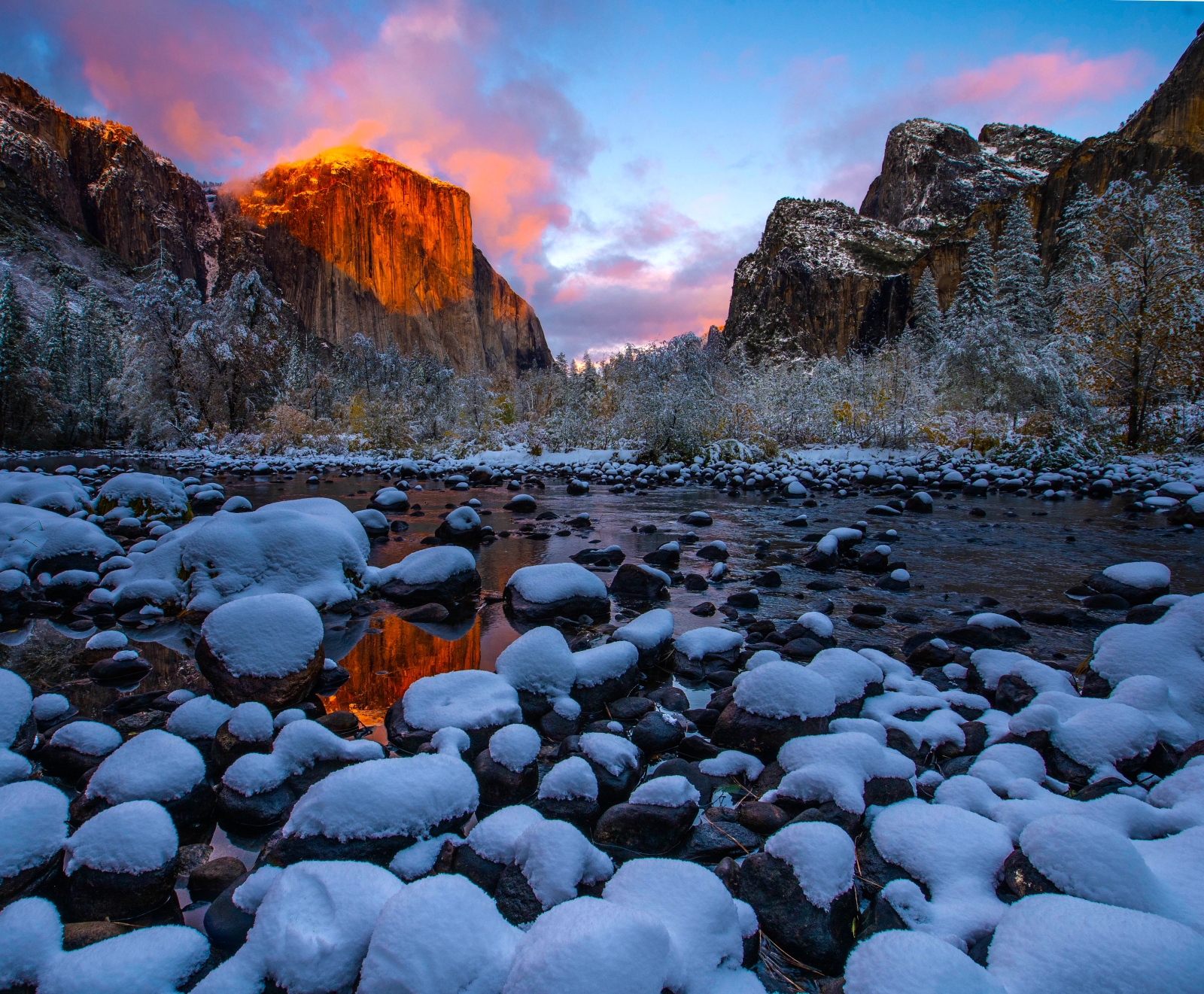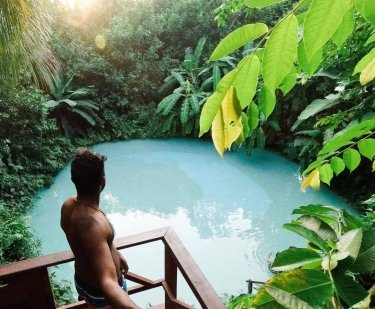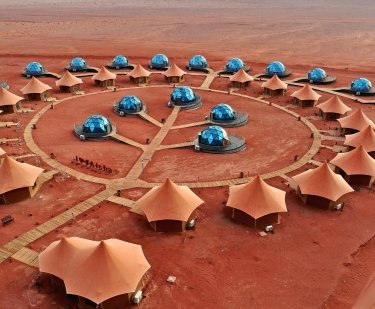If you are planning on traveling to Yosemite National Park, there is no denying that you will be astounded by its beauty. This park is open year-round and is located in California’s beautiful Sierra Nevada Mountains. While many know this national park for its ancient sequoia tress and Yosemite, there is actually a lot more to explore in this beautiful National Park. A lot. In fact, Yosemite National Park spans over 1,169 square miles. While people frequent the park throughout the entire year, there are certain times that are better for visiting the park than others. Your experience at Yosemite can actually be highly dependent on the season. Before you book your tickets and plan your trip, take a look at the best and the worst seasons for visiting Yosemite National Park and get a better idea of what to expect when you travel.
Traveling to Yosemite in the Winter
Travel to Yosemite in the winter and it will seem like a completely different place than it does in the warmer months. This is a great time of year to visit Yosemite if you don’t love big crowds and a great opportunity to take in the wildlife in the snowy wilderness. In fact, there is nothing quite like sipping hot chocolate and warming up next to a large fire along beautiful snow-covered Yosemite. All four of the campgrounds located throughout Yosemite National Park stay open in the winter, and spaces are available at a much cheaper price. It is much easier to find accommodations and to explore the park undisturbed in the winter time, and you will still find plenty of “pros” involving your stay during this time.
Pros
Visiting Yosemite is the perfect time for winter activities like snow skiing and winter hikes. While it is cold there, it isn’t unbearable so you can still enjoy plenty of outdoor hikes and activities. It is also a great time to see wildlife that may otherwise be shy during higher tourist seasons.
Cons
There are some cons to visiting Yosemite in the winter, including the fact that some of the main roads including Glacier Point, Mariposa Grove and Tioga are typically closed to the public.













